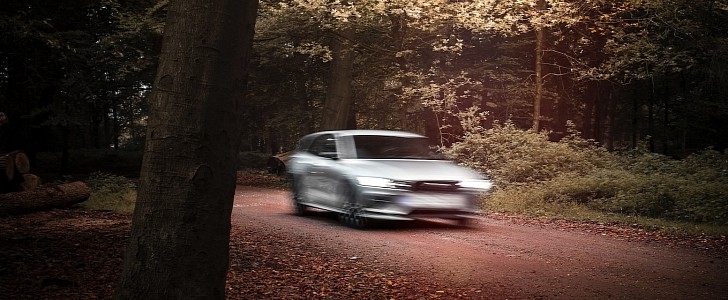The National Transportation Safety Board (NTSB) argues in favor of installing alcohol detection systems in all new vehicles. Known as Driver Alcohol Detection System for Safety (DADSS), this technology could stop intoxicated or impaired motorists from getting on the road while in an inadequate state. Here’s what the Board has in mind.
DADSS started as a research program that was meant to turn alcohol detection into a simple, yet effective activity. Its backers argued that cars today come with many useful technologies like those used for road traveling safety, but something else was needed to make sure more accidents won’t happen. Adding a system that can detect if the driver is under the influence of alcohol would be able to prevent unwanted traffic incidents.
The NTSB gives as an example the horrific crash that happened in Avenal, California, on New Year’s Day 2021, when an SUV driver collided head-on with a pickup truck filled with seven kids and an adult driver. Everyone lost their lives in that unfortunate event, and it was concluded that the SUV owner was driving fast while under the influence. They lost control, overcorrected, and ended up in the other lane.
NTSB Chair Jennifer Homendy says this crash could’ve been prevented by a system like the DADSS. She argues automakers already have the technology and it should be found in every new car.
The Driver Alcohol Detection System for Safety (DADSS) prevents drunk driving by measuring the driver’s blood alcohol level in under a second. If it’s above the legal limit, the vehicle won’t start. Moreover, parents of under-21s could also program the system to have a zero-tolerance policy.
The blood alcohol level is determined based on breath and touch – a sensor measures the exhaled CO2 molecules which can indicate if the motorist has been drinking based on how much light the molecules absorb. The touch sensor would also be based on light – a simple infrared beam could help the system identify through spectroscopy if the driver’s intoxicated.
The Board’s recommendation also calls for a combination between advanced driver monitoring systems and “passive vehicle-integrated alcohol impairment detection” ones.
But automakers would need time to adjust their cars’ designs and, of course, more resources would have to be put into turning this recommendation into reality.
However, the NTSB says manufacturers should receive incentives if they choose to deliver cars fresh from the factory with such alcohol detection systems installed.
Finally, the Board also argues in favor of lowering the blood alcohol concentration limit to .05 g/dL or lower and wants regulators nationwide to have a standard of practice that can improve drug toxicology testing.
The NTSB gives as an example the horrific crash that happened in Avenal, California, on New Year’s Day 2021, when an SUV driver collided head-on with a pickup truck filled with seven kids and an adult driver. Everyone lost their lives in that unfortunate event, and it was concluded that the SUV owner was driving fast while under the influence. They lost control, overcorrected, and ended up in the other lane.
NTSB Chair Jennifer Homendy says this crash could’ve been prevented by a system like the DADSS. She argues automakers already have the technology and it should be found in every new car.
The Driver Alcohol Detection System for Safety (DADSS) prevents drunk driving by measuring the driver’s blood alcohol level in under a second. If it’s above the legal limit, the vehicle won’t start. Moreover, parents of under-21s could also program the system to have a zero-tolerance policy.
The blood alcohol level is determined based on breath and touch – a sensor measures the exhaled CO2 molecules which can indicate if the motorist has been drinking based on how much light the molecules absorb. The touch sensor would also be based on light – a simple infrared beam could help the system identify through spectroscopy if the driver’s intoxicated.
The Board’s recommendation also calls for a combination between advanced driver monitoring systems and “passive vehicle-integrated alcohol impairment detection” ones.
But automakers would need time to adjust their cars’ designs and, of course, more resources would have to be put into turning this recommendation into reality.
However, the NTSB says manufacturers should receive incentives if they choose to deliver cars fresh from the factory with such alcohol detection systems installed.
Finally, the Board also argues in favor of lowering the blood alcohol concentration limit to .05 g/dL or lower and wants regulators nationwide to have a standard of practice that can improve drug toxicology testing.






